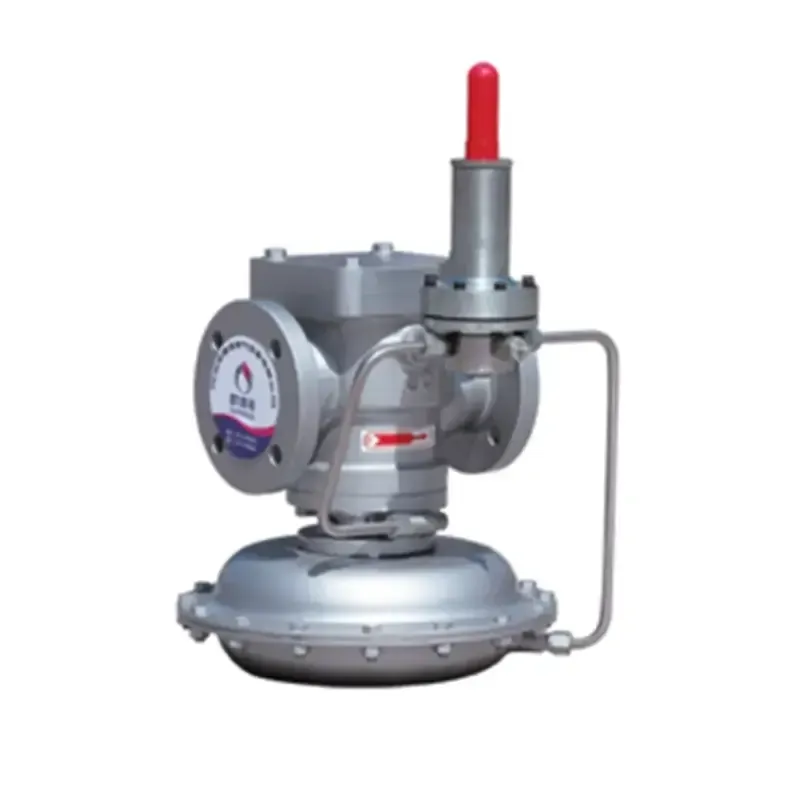
Sep . 19, 2024 14:57
Back to list
electric auxiliary heater
Understanding Electric Auxiliary Heaters A Comprehensive Overview
Electric auxiliary heaters are an essential component in many heating systems, particularly in vehicles and buildings. As temperatures drop, these heaters serve as a critical supplement to the primary heating source, ensuring comfort and safety in chilly conditions. This article delves into the workings, benefits, and applications of electric auxiliary heaters.
At their core, electric auxiliary heaters are designed to provide additional warmth when the primary heating system is inadequate or temporarily unable to meet demand. In automotive applications, for instance, traditional internal combustion engines generate heat through their operation; however, they take time to reach optimal temperatures, especially in colder weather. Electric auxiliary heaters activate at startup, delivering immediate warmth to the cabin, thus improving passenger comfort and aiding defrosting efforts.
In residential settings, electric auxiliary heaters can be integrated into central heating systems or function as standalone units. They are particularly useful in homes with heat pumps, which can struggle to provide sufficient heat in extremely cold temperatures. The electric auxiliary heater kicks in to supplement the heat pump, ensuring consistent indoor temperatures and reducing the dependence on fossil fuels during peak demand.
The benefits of using electric auxiliary heaters are manifold. First and foremost, they enhance comfort levels by providing quick warmth, which is especially appreciated in the early mornings and late evenings. Additionally, they can improve energy efficiency. In cases where heating demands fluctuate, these heaters allow for more precise temperature control, enabling the primary heating system to operate more efficiently during milder weather.
electric auxiliary heater

Moreover, electric auxiliary heaters contribute to environmental sustainability. By reducing reliance on fossil fuels, they help lower greenhouse gas emissions. Many modern electric auxiliary heaters are designed with advanced technology to optimize energy consumption, further minimizing their ecological footprint.
Another important aspect is the simplicity of installation and operation. Electric auxiliary heaters require minimal infrastructure compared to fuel-based systems. Many electric models can easily be integrated into existing systems without significant modifications, making them a popular choice for retrofitting older buildings or vehicles.
Despite their advantages, it’s important to consider the potential drawbacks. Electric auxiliary heaters tend to consume more electricity, which can lead to higher energy bills if overused. Users should be mindful of their energy consumption and consider programmable thermostats or timers to utilize these heaters efficiently without incurring unnecessary costs.
In conclusion, electric auxiliary heaters play a vital role in enhancing heating performance in various applications. Their ability to provide immediate warmth, improve energy efficiency, and support environmental sustainability makes them a valuable asset in modern heating systems. As technology progresses, we can expect further innovations in electric auxiliary heating solutions, further optimizing their benefits for both consumers and the environment. Whether in vehicles or home heating systems, these heaters are indispensable for maintaining comfort during the cold months.
Next:
Latest news
-
Safety Valve Spring-Loaded Design Overpressure ProtectionNewsJul.25,2025
-
Precision Voltage Regulator AC5 Accuracy Grade PerformanceNewsJul.25,2025
-
Natural Gas Pressure Regulating Skid Industrial Pipeline ApplicationsNewsJul.25,2025
-
Natural Gas Filter Stainless Steel Mesh Element DesignNewsJul.25,2025
-
Gas Pressure Regulator Valve Direct-Acting Spring-Loaded DesignNewsJul.25,2025
-
Decompression Equipment Multi-Stage Heat Exchange System DesignNewsJul.25,2025

